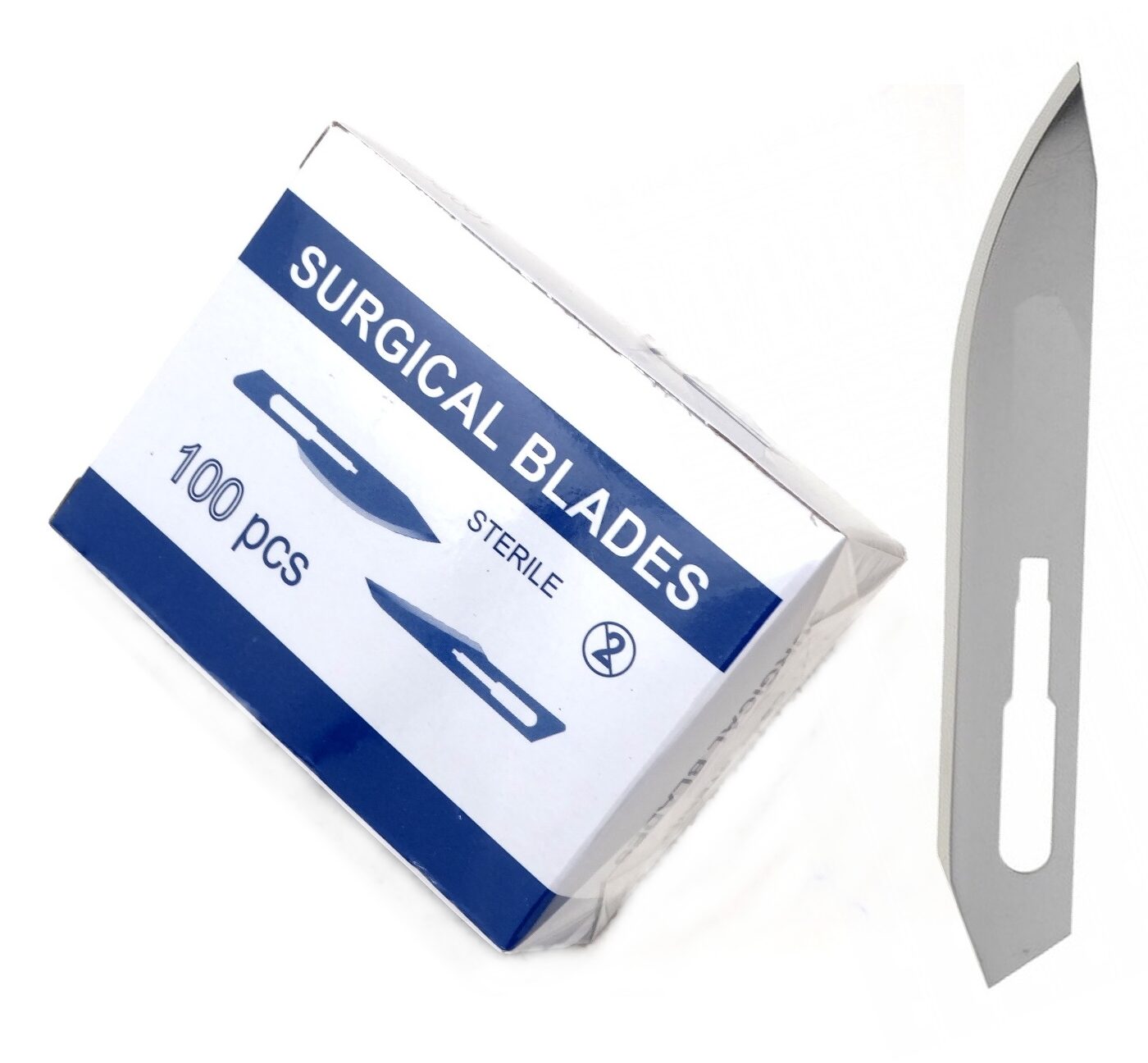Surgical Blades are exceptionally sharp, precision cutting instruments indispensable in medical procedures for making incisions in skin, tissue, or bone. These critical tools are manufactured by Gaiamed in CE and ISO-certified facilities in China, ensuring the highest standards of quality, sterility, and performance for surgical applications.
What are Surgical Blades?
Surgical Blades are exceptionally sharp, precision cutting medical instruments utilized by healthcare professionals to perform a wide range of surgical incisions in skin, tissue, or bone. Designed for accuracy and minimal tissue damage, these blades are available in various sizes and are typically crafted from either stainless steel or carbon steel, and can come with or without handles.
Surgical blades are predominantly disposable, intended for single-procedure use to prevent infection and ensure optimal performance. They are commonly employed across diverse medical specialties, including general surgery, orthopedics, dermatology, and plastic surgery. The selection of the appropriate blade type and size is critical and is determined by the specific surgical procedure being performed, as well as the surgeon’s preference.
Stainless Steel vs. Carbon Steel Surgical Blades
The primary difference between stainless steel and carbon steel surgical blades lies in their material properties and performance characteristics.
Stainless steel surgical blades offer superior resistance to corrosion and are less prone to rusting, making them a durable choice in moist surgical environments. They also tend to maintain their sharpness over a longer period.
Conversely, carbon steel blades are known for their exceptional hardness and ability to achieve and hold a sharper cutting edge. However, they are more susceptible to rusting and require more meticulous maintenance to preserve their integrity.
The ultimate choice between these two types of blades hinges on the specific surgical application and the individual preferences of the surgeon, balancing factors like sharpness, durability, and corrosion resistance.
Product Specifications
Material
Stainless Steel surgical blades are distinguished by their superior anti-corrosion properties, making them an ideal choice for procedures involving exposure to saline solution or other liquids. They offer enhanced durability and resistance to rust, ensuring longevity and reliability in demanding medical environments. Furthermore, their ability to maintain sharpness over prolonged use makes them well-suited for procedures requiring numerous, precise incisions over extended periods. Given these attributes, stainless steel surgical blades are frequently preferred for disposable scalpels and other medical instruments.
Carbon Steel surgical blades are renowned for their initial sharpness and durability, positioning them as a preferred option in surgical settings where precision and longevity are critical. Their inherent hardness allows them to maintain a sharper edge for longer durations compared to stainless steel blades. This characteristic makes them ideal for procedures demanding a higher level of accuracy, such as fine incisions in soft tissue or bone. Additionally, carbon steel surgical blades are often chosen for surgical applications that require significant resistance to bending or breaking.
Handle
Surgical Blades With Handles provide a safe and convenient option for medical professionals. These handles are meticulously designed to accommodate blades of various sizes and are crafted from diverse materials to align with specific surgical requirements. Furthermore, the handles may incorporate ergonomic features such as a comfortable grip or a non-slip surface, ensuring enhanced control and precision during medical procedures.
Surgical Blades Without Handles offer a versatile alternative for medical professionals who prefer to utilize their own handles or require customization of the blade for a particular procedure. Opting for surgical blades without handles can contribute to reduced waste and cost, as only the blade needs to be replaced after use, rather than the entire instrument.
Uses
How should Surgical Blades be used?
Surgical blades must be handled with extreme care, always using a designated blade holder or scalpel handle to prevent injury to both the user and the patient. Ensure the blade is inserted securely into the handle and positioned at the precise angle required for the incision. Each blade should be used for only one patient and then discarded appropriately. Strict adherence to proper sterilization and aseptic handling techniques is paramount to prevent infection.
How should Surgical Blades be disposed of?
Used surgical blades must be disposed of immediately after use in a designated sharps container to prevent injuries and the spread of infection. The sharps container should be clearly labeled and disposed of in accordance with all local regulations and biohazard waste guidelines.


No responses yet